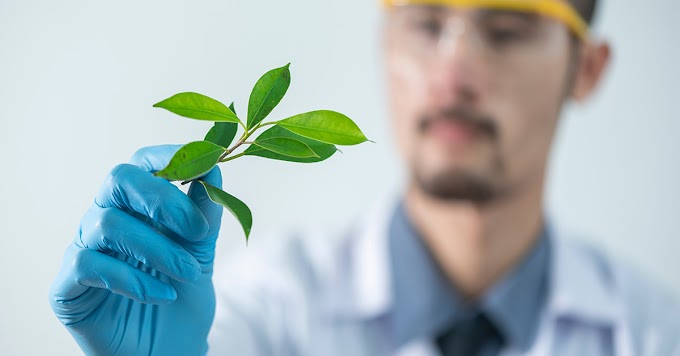Insulin and glucagon are produced by small groups of cells
within the pancreas. These groups are called the islets of Langerhans. Each
islet contains cells that make insulin (beta cells) and cells that make
glucagon (alpha cells). Both insulin and glucagon are hormones. These are
substances that carry messages from one part of the body to another. Insulin is
released when the blood sugar rises too high. Insulin tells the cells to use
sugar. Glucagon is produced when the blood glucose is falling too low. Glucagon
tells the liver to release sugar that was stored there when the blood glucose
was higher.
In this section you can learn what happens:
>> When the blood sugar is rising.
>> When the blood sugar is falling.
When the blood sugar is rising.
Sugar is absorbed into the bloodstream after a meal. Even a
small rise in blood sugar causes the beta cells in the pancreas to release
insulin. Insulin increases the flow of sugar out of the bloodstream into
muscles and the other body organs that use sugar for fuel.
Insulin also signals the liver to take up sugar from the
bloodstream to store for later use. The level of blood sugar remains within a
relatively narrow range after a meal for a person without diabetes because the
amount of sugar flowing into the blood from the meal is balanced by the sugar
being used by muscle and stored by the liver.
When the blood sugar is falling.
The body is always burning up some sugar. Even during sleep,
the brain is dreaming, the heart is beating and the lungs are breathing. All of
these activities use sugar. When the body needs more sugar, insulin levels fall
slightly and glucagon levels rise. This signals the liver to release more sugar
when sugar is not available from a meal. The release of sugar by the liver
prevents the blood sugar level from falling too low during sleep or other
periods of fasting.
 |
| The Role of Insulin and Glucagon in Glucose Metabolism |
The body can also burn fat as a fuel when sugar is not
available. Fat is stored as triglyceride. Each triglyceride molecule consists
of 3 large molecules of fatty acids combined to a small molecule called
glycerol. Like sugar, triglyceride is stored for later use as a fuel. When this
fuel is needed, fatty acids and glycerol are released from the fat cells. They
enter the blood stream and are absorbed by the cells that need them.
During exercise, the muscles can burn sugar very fast. The
muscles then start to burn fat for the extra energy to keep going. The body can
maintain just the right amounts of sugar and fatty acids in the bloodstream by
changing the balance of insulin, glucagon and other hormones that affect the
fuels that the body needs to run.
For the person without diabetes, the blood sugar stays in a
relatively narrow range even during sleep or while exercising vigorously.
Also read:
1. Best Ayurvedic Medicine for Diabetes
2. Benefits of Diabetic Shoes






0 Comments